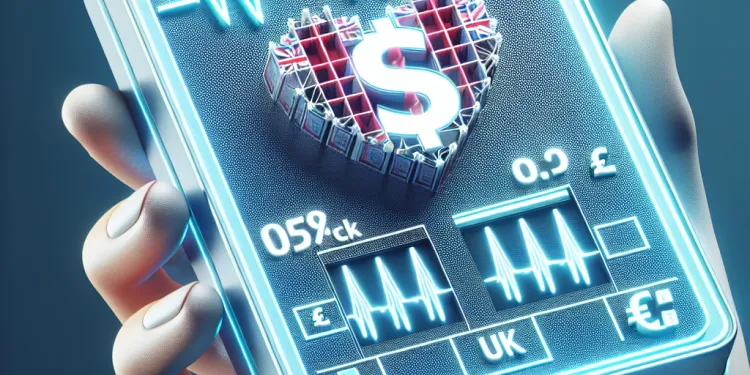
Find Help
More Items From Ergsy search
-
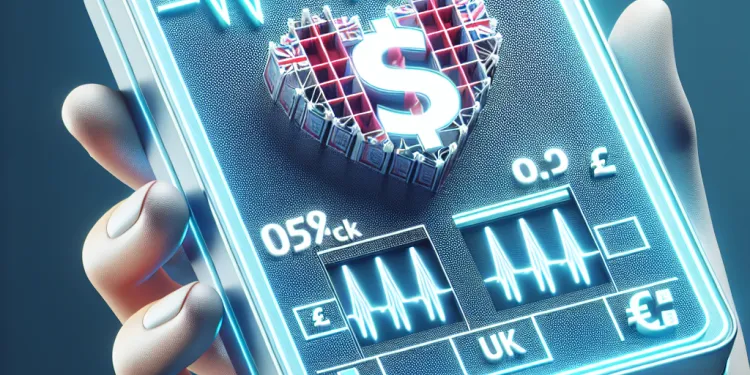
What is a defibrillator?
Relevance: 100%
-

How effective are defibrillators?
Relevance: 95%
-

What is the role of a defibrillator in CPR?
Relevance: 92%
-
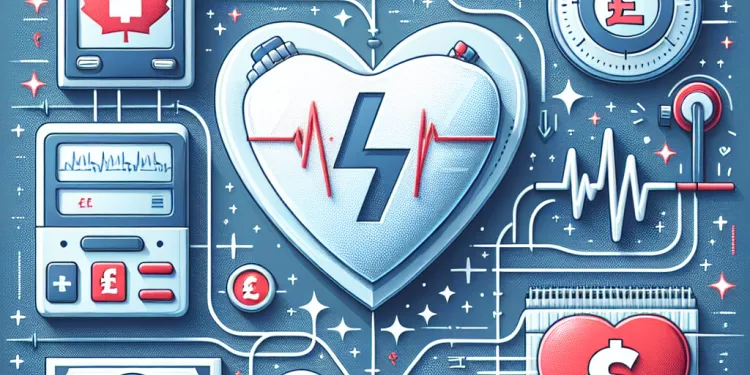
How does a defibrillator work?
Relevance: 91%
-
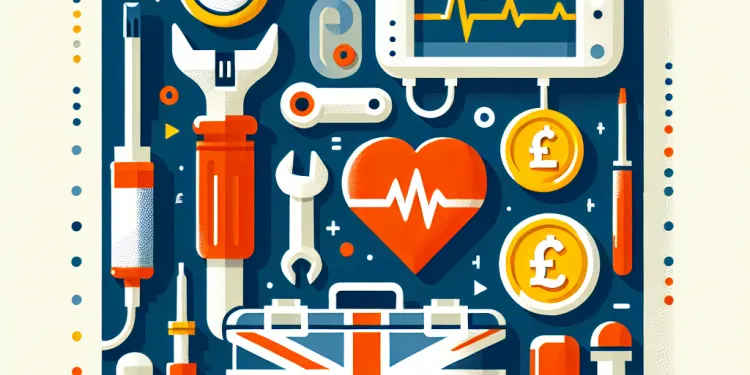
What maintenance do defibrillators require?
Relevance: 91%
-

What are the different types of defibrillators?
Relevance: 91%
-

Who can use a defibrillator?
Relevance: 90%
-
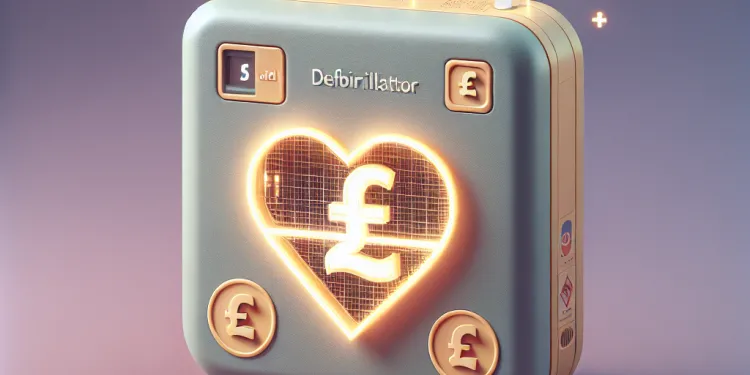
Can defibrillators be used on children?
Relevance: 89%
-

Can a defibrillator restart a stopped heart?
Relevance: 89%
-

How long do defibrillator batteries last?
Relevance: 88%
-

How do you know if a defibrillator is required?
Relevance: 88%
-
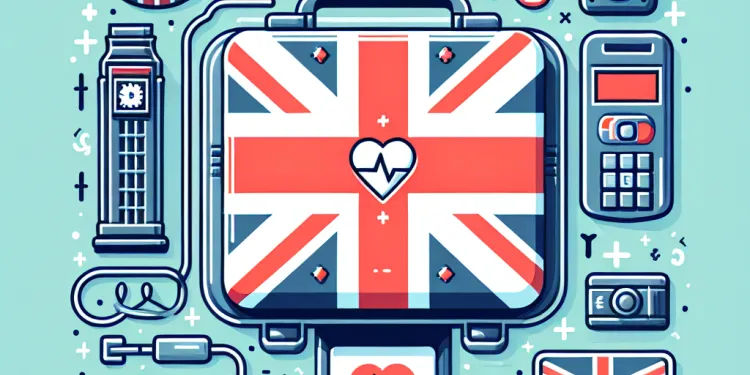
Do defibrillators have any side effects?
Relevance: 87%
-
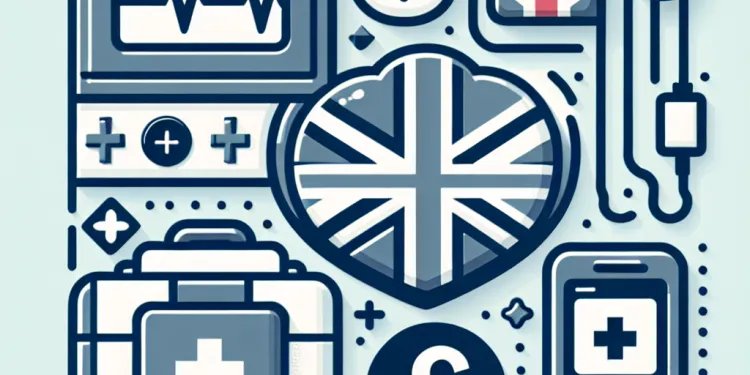
What should you do if a defibrillator is needed?
Relevance: 86%
-
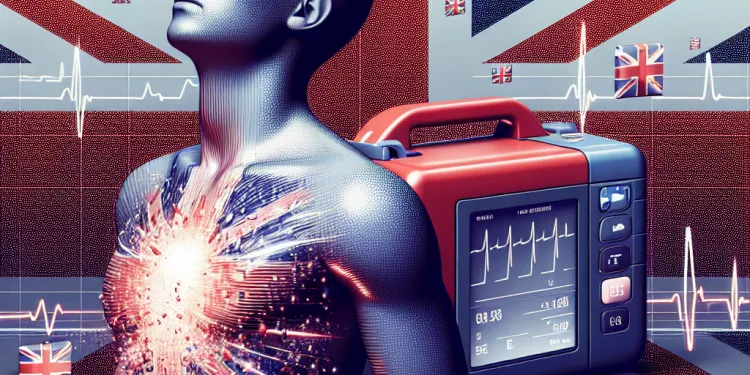
Can you use a defibrillator on a wet person?
Relevance: 85%
-
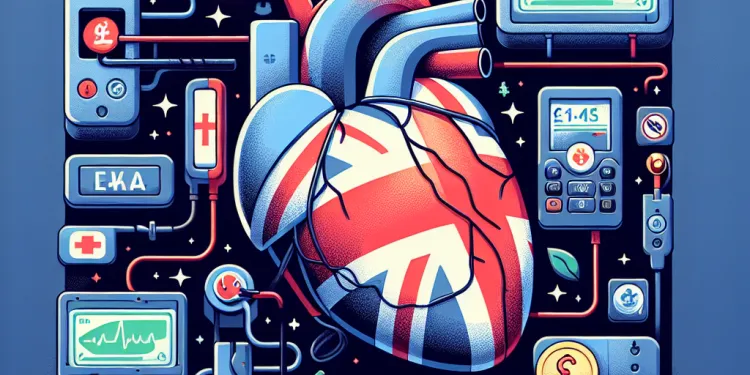
Why are defibrillators important?
Relevance: 69%
-

Is it safe to use a defibrillator on someone with a pacemaker?
Relevance: 62%
-
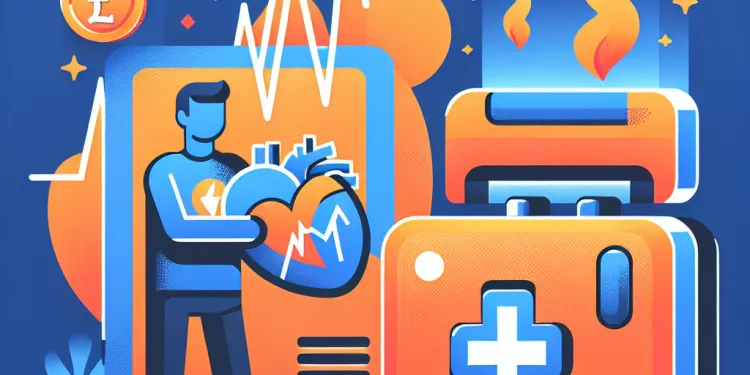
What is a Defibrallator?
Relevance: 51%
-
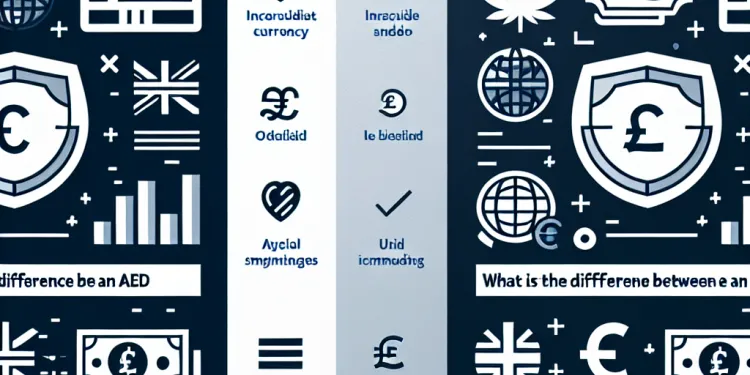
What is the difference between an AED and an ICD?
Relevance: 31%
-

What is an AED?
Relevance: 28%
-

Is training required to use an AED?
Relevance: 23%
-
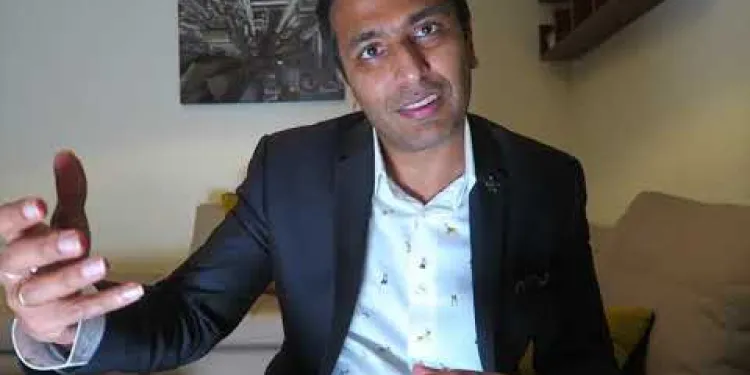
Is my abnormal heart rhythm dangerous?
Relevance: 19%
-

Where can AEDs typically be found?
Relevance: 17%
-
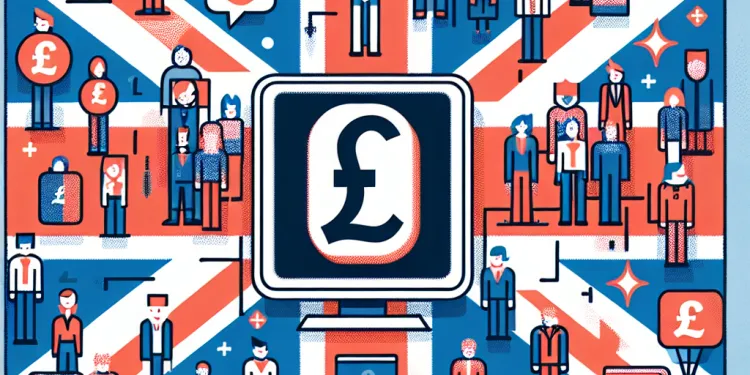
Can I learn first aid as a group?
Relevance: 13%
-
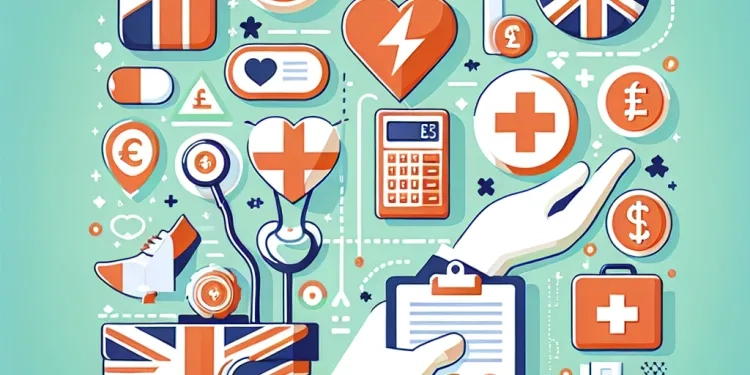
What is the best first aid certification to obtain?
Relevance: 12%
-

What age is appropriate to start learning first aid?
Relevance: 12%
-
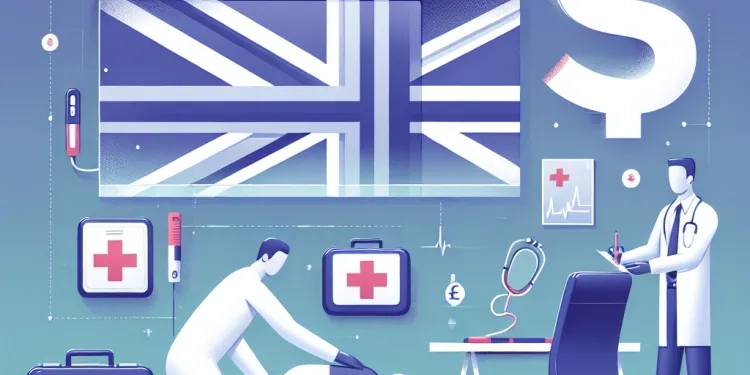
Can I take first aid courses in person?
Relevance: 12%
-
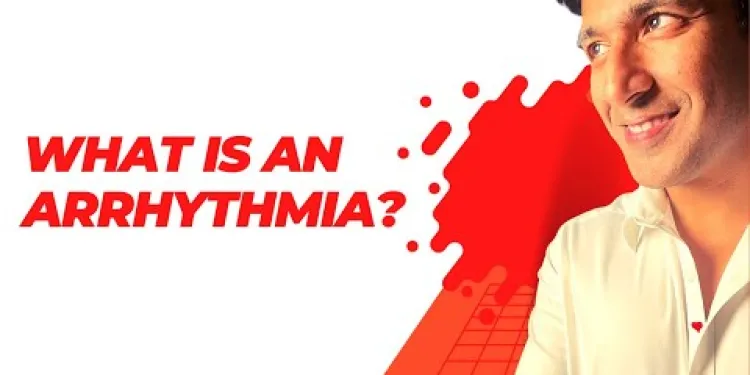
What exactly is an arrhythmia?
Relevance: 7%
-

Heart Failure : When the heart becomes stiff?
Relevance: 6%
-
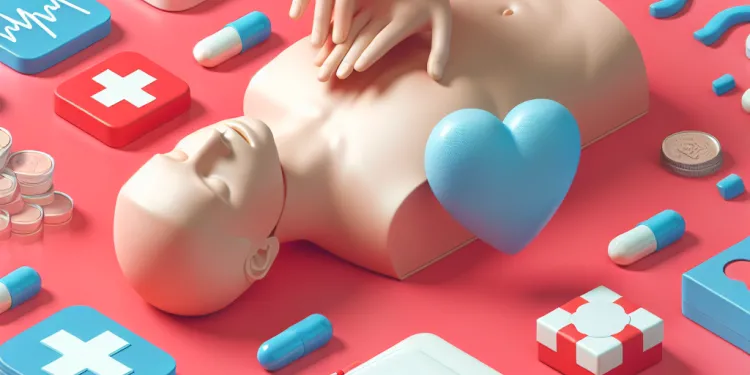
How important is it to learn CPR along with first aid?
Relevance: 6%
-
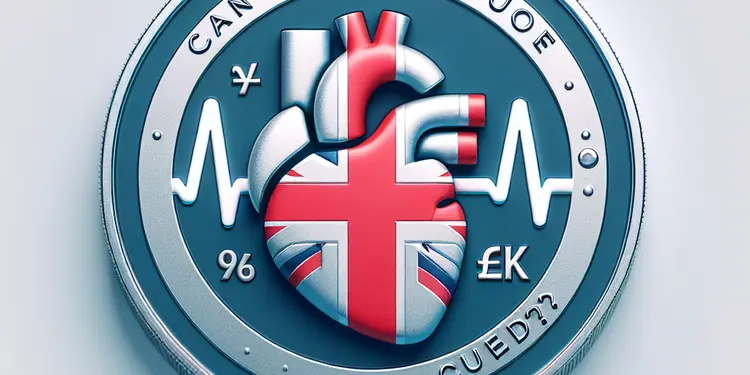
Can heart failure be cured?
Relevance: 6%
What is a Defibrillator?
A defibrillator is a medical device designed to restore a normal heartbeat by sending an electric pulse or shock to the heart. It's used to prevent or correct an arrhythmia, which is an uneven heartbeat that is either too slow or too fast. It can also restore the heart's beating if the heart suddenly stops. Defibrillators are invaluable life-saving tools used in emergencies, especially during sudden cardiac arrest (SCA).
Types of Defibrillators
There are several types of defibrillators available, including Automated External Defibrillators (AEDs), Implantable Cardioverter Defibrillators (ICDs), and Wearable Cardioverter Defibrillators (WCDs).
Automated External Defibrillators (AEDs): AEDs are portable devices used by laypersons and emergency responders. They are designed to be simple to use, with voice prompts and visual aids to guide users. They can be found in various public spaces such as airports, shopping centres, and sports venues.
Implantable Cardioverter Defibrillators (ICDs): These are surgically placed inside the body. ICDs monitor heart rhythms and automatically correct any abnormal rhythms by delivering shocks when necessary.
Wearable Cardioverter Defibrillators (WCDs): WCDs are external devices worn by patients at risk of sudden cardiac arrest. They continuously monitor the heart's activity and deliver shocks if required.
How Does a Defibrillator Work?
Defibrillators work by delivering a dose of electric current (often called a counter-shock) to the heart. This electrical intervention can reset the heart's rhythm and allow the heart's natural pacemaker to re-establish a normal rhythm. AEDs, in particular, are designed to detect life-threatening arrhythmias and advise the user to administer a shock only when necessary. This innovation makes it possible for individuals with minimal training to assist in saving lives.
Importance of Defibrillators
Defibrillators are crucial in the event of sudden cardiac arrest, one of the leading causes of death. The chances of survival decrease by 7-10% with each minute of delay in treatment. Therefore, quick access to defibrillators is a vital component of emergency response outcomes. In the UK, initiatives to increase AED availability and public awareness campaigns aim to improve survival rates from cardiac arrests outside hospitals.
Using a Defibrillator
Using an AED is relatively straightforward. The device usually provides voice instructions to guide the user through the process of applying electrode pads to the patient's chest and delivering a shock if needed. It’s important to remember that even though AEDs are designed for layperson use, proper training in CPR and AED usage can significantly improve the confidence and effectiveness of responders.
Conclusion
Defibrillators represent an essential component of life-saving measures in cardiac emergencies. They are designed to be accessible and easy to use, allowing even untrained individuals to provide critical assistance in the event of sudden cardiac arrest. Continuous efforts to place AEDs in public areas and educate the community about their use are vital for enhancing public health and safety in the UK.
What is a Defibrillator?
A defibrillator is a machine that helps the heart beat normally. It does this by sending an electric shock to the heart. It helps when the heart beats too slowly or too quickly, or if the heart stops beating. This machine is very important in emergencies, like when someone has a sudden heart problem.
Types of Defibrillators
There are different kinds of defibrillators: Automated External Defibrillators (AEDs), Implantable Cardioverter Defibrillators (ICDs), and Wearable Cardioverter Defibrillators (WCDs).
Automated External Defibrillators (AEDs): AEDs are small machines that are easy to use. They talk to the person using them, telling them what to do. You can find them in many public places, like airports and shopping centers.
Implantable Cardioverter Defibrillators (ICDs): ICDs are put inside a person’s body with a surgery. They check the heart’s beat and fix it if it’s not right.
Wearable Cardioverter Defibrillators (WCDs): WCDs are worn on the body, like a vest. They help people who might have a sudden heart problem by watching the heart and giving a shock if needed.
How Does a Defibrillator Work?
Defibrillators send an electric shock to the heart to help it beat correctly. AEDs can notice if the heart needs a shock and tell the person using it when to give the shock. This helps even people who are not experts to help save lives.
Importance of Defibrillators
Defibrillators are very important for saving lives when a person’s heart suddenly stops. Every minute matters, so having a defibrillator nearby can make a big difference. In the UK, there are programs to put more AEDs in public places and teach people about them to help save more lives.
Using a Defibrillator
Using an AED is fairly easy. It will tell you where to put sticky pads on the person’s chest and if you need to give a shock. Knowing how to use an AED and do CPR can help you feel more ready to help someone with a heart problem.
Conclusion
Defibrillators are important tools that help save people during heart emergencies. They are made so anyone can use them to help someone in need. It's important to keep putting AEDs in public spaces and teach people how to use them to keep everyone safe and healthy.
Frequently Asked Questions
What is a defibrillator?
A defibrillator is a medical device that delivers an electrical shock to the heart to restore a normal heartbeat in cases of cardiac arrest or arrhythmias.
How does a defibrillator work?
A defibrillator works by delivering a dose of electric current (shock) to the heart. This shock can help re-establish an effective rhythm when the heart is beating chaotically or has stopped.
What are the types of defibrillators?
The main types of defibrillators include Automated External Defibrillators (AEDs), Implantable Cardioverter Defibrillators (ICDs), and Wearable Cardioverter Defibrillators (WCDs).
What is an Automated External Defibrillator (AED)?
An AED is a portable electronic device that automatically diagnoses life-threatening cardiac arrhythmias and treats them through defibrillation.
Who can use an Automated External Defibrillator (AED)?
AEDs are designed for use by laypersons with little or no training, as they provide clear instructions and some models automatically administer the shock.
What is an Implantable Cardioverter Defibrillator (ICD)?
An ICD is a device implanted inside the body, able to continuously monitor heart rhythm and deliver shocks to correct abnormal heartbeats.
When is a defibrillator needed?
A defibrillator is needed in situations of sudden cardiac arrest, where the heart stops beating effectively, and in certain severe arrhythmias.
How effective are defibrillators in saving lives?
Defibrillators are highly effective in treating sudden cardiac arrest, significantly increasing survival rates when used promptly.
Can defibrillators be used on children?
Yes, many AEDs have pediatric settings or pads, allowing them to be used safely on children.
Do defibrillators replace CPR?
No, defibrillators are used in conjunction with CPR. CPR maintains blood flow until defibrillation can restore a normal heart rhythm.
What is a shockable rhythm?
Shockable rhythms are specific types of heart rhythms that can be treated with defibrillation, such as ventricular fibrillation and pulseless ventricular tachycardia.
What is VFib?
Ventricular fibrillation (VFib) is a life-threatening heart rhythm problem that occurs when the heart beats with rapid, erratic electrical impulses.
How should an AED be maintained?
AEDs require regular maintenance including checking the battery, pads, and self-tests to ensure they are ready for use in an emergency.
Where are AEDs typically located?
AEDs can be found in many public places, such as airports, shopping malls, gyms, schools, and community centers, where people gather.
Is training required to use a defibrillator?
While AEDs are designed for easy use with minimal or no training, formal CPR and AED training is recommended to increase confidence and effectiveness.
What is the difference between defibrillation and cardioversion?
Defibrillation is the process of delivering a therapeutic dose of electrical energy to the heart during cardiac arrest, whereas cardioversion is a synchronized shock delivered during a specific part of the heart rhythm to treat arrhythmias.
Can a defibrillator harm the patient?
When used correctly, defibrillators are safe and will not harm the patient. They are programmed to deliver shocks only when necessary.
What should I do if the AED does not advise a shock?
If the AED does not advise a shock, continue performing CPR until emergency medical services arrive or the patient begins to respond.
Are defibrillators only used in hospitals?
Defibrillators are used in hospitals, but AEDs are also available in public spaces for bystanders to use in emergencies.
How long does a defibrillator shock last?
The actual electrical shock from a defibrillator lasts less than a second.
What is a defibrillator?
A defibrillator is a machine that helps when someone's heart stops.
It sends a strong, safe shock to the heart.
This can help the heart start beating again.
If you see someone who needs help, call an adult or dial 911.
There may be pictures and sounds on the machine to help you use it.
A defibrillator is a machine doctors use to help your heart. When your heart stops or beats wrong, it gives a small electric shock. This helps your heart beat the right way again.
How does a defibrillator work?
A defibrillator is a machine that helps your heart start beating again if it stops. It sends a strong electric shock to your heart. This helps your heart get back to its normal rhythm.
If you want help to read this, you can ask someone to read it with you. You can also try using an app or tool that reads text out loud.
A defibrillator is a machine that helps the heart. It sends a strong burst of electricity to the heart. This can help the heart beat normally if it is not beating right or has stopped.
What kinds of defibrillators are there?
There are different types of machines that help your heart if it stops working. They are called defibrillators. The main ones are:
1. **Automated External Defibrillators (AEDs):** This is a machine that anyone can use in an emergency to help restart a heart.
2. **Implantable Cardioverter Defibrillators (ICDs):** This is a small device doctors can put inside your body. It helps keep your heart beating well.
3. **Wearable Cardioverter Defibrillators (WCDs):** This is like a vest you can wear. It helps your heart if you have problems.
What is an Automated External Defibrillator (AED)?
An Automated External Defibrillator, or AED, is a special machine. It helps if someone has a heart problem. The AED can help make their heart work right again.
The AED is easy to use. It has pictures and sounds to tell you what to do. It also has a button to press to help the person.
If you see someone collapse, an AED can help them. It's good to call for help and use an AED until help comes.
Supportive tools like picture guides and voice instructions can make using an AED easier. Practicing with a trainer AED can also help you learn.
An AED is a small machine that helps when someone's heart is not working right. It can find heart problems and help fix them. It does this by giving the heart an electric shock.
Who can use an AED?
An AED is a machine that helps someone whose heart has stopped. A lot of people can use it. You don't have to be a doctor or a nurse.
Here are some things to help you:
- Look at the pictures on the AED. They will show you what to do.
- There are clear spoken instructions on the machine. Listen carefully.
- You can also call 911, and they will guide you.
AEDs are machines that help people whose hearts have stopped. They are made for everyone to use, even if you haven't learned how. The machine talks to you and tells you what to do. Some AEDs can give a heart shock without help from a person.
What is an Implantable Cardioverter Defibrillator (ICD)?
An Implantable Cardioverter Defibrillator, or ICD, is a small device placed inside the chest. It helps fix heartbeats that are not normal. It keeps your heart beating well.
How does it work?
The ICD watches your heartbeat. If your heart beats too fast or too slow, it sends small shocks to help it beat normally.
Why might someone need it?
People with heart problems might need an ICD to stay safe. It helps protect them if their heart gets out of rhythm.
Extra help to understand:
- Ask a doctor to explain more.
- Watch videos online about ICDs.
- Use pictures to see where an ICD goes.
An ICD is a special machine that doctors put inside the body. It watches the heart to see how it beats. If the heart beats in a wrong way, the ICD can give a little shock to help it beat right again.
When do you use a defibrillator?
A defibrillator is a machine that helps when someone's heart stops working properly.
You use it when a person's heart is not beating like it should.
This can help the heart start beating right again.
Remember, it is important to call for help (like 911 or emergency services) if someone needs a defibrillator.
A defibrillator is a machine that can help when someone's heart stops beating properly or has a very bad heart rhythm.
Do defibrillators help save lives?
Defibrillators can help when a person's heart stops suddenly. They can save lives if used quickly.
Can kids use defibrillators?
A defibrillator is a machine that can help someone when their heart stops. It gives the heart a small shock to try to make it beat again.
Yes, defibrillators can be used on kids, but they need to be the right size. Some defibrillators have special pads just for children. These pads are smaller and they help the machine give a safe shock.
If a child is in trouble and you have to use a defibrillator, always call 911 or get help from an adult. Follow the pictures and instructions on the machine. It is important to stay calm and do your best.
You can practice using a defibrillator by watching videos or asking to learn how to use one with a grown-up.
Yes, many AEDs can be used on children. They have special settings or pads to keep children safe.
Do defibrillators take the place of CPR?
A defibrillator and CPR are both used to help someone whose heart has stopped.
A defibrillator gives a shock to the heart.
CPR is when you push on someone's chest to help their heart pump blood.
They are both important, but they do different things.
Use both if you can, because they work well together.
Ask an adult to show you how CPR and a defibrillator work.
No, defibrillators and CPR work together. CPR helps keep the blood moving until the defibrillator can help the heart beat normally again.
What is a shockable rhythm?
A shockable rhythm is a problem with the heart. The heart beats in a way that is not normal. Special machines called defibrillators can help fix this.
If someone has a shockable rhythm, their heart needs help to start beating right again.
If you want to learn more, you can ask a doctor, watch videos, or read books about the heart.
Shockable rhythms are certain times when the heart beats in a way that can be helped with a special machine. This machine is called a defibrillator. It can help when the heart has problems like ventricular fibrillation or pulseless ventricular tachycardia.
What is VFib?
VFib is short for Ventricular Fibrillation.
This is when the heart shakes instead of beating normally.
If the heart does not beat well, it cannot send blood around the body.
Someone with VFib needs help right away.
Use a machine called a defibrillator to help.
If you see someone with VFib:
- Call for an ambulance.
- Use the defibrillator if you have one.
Learn about first aid to help.
Ventricular fibrillation (VFib) is a serious heart problem. It happens when the heart beats very fast and unevenly.
How do you take care of an AED?
Here is how you can keep an AED in good shape:
- Check the AED regularly to make sure it works.
- Make sure the battery is charged.
- Check the pads to see if they are still good to use.
- Keep the AED clean and dry.
- After each use, check the AED and restock any supplies.
You can use pictures or videos to help remember these steps.
It's important to take care of AEDs to keep them ready. You need to check the battery, pads, and make sure they do self-tests. This way, they will work in an emergency.
Where can you find AEDs?
AEDs are machines that help when someone's heart stops.
You can find them in places like:
- Shopping centers
- Airports
- Sports centers
- Schools
Look for a sign with a heart and a lightning bolt.
If you have trouble reading, you can ask someone to help you find an AED.
You can find AEDs in lots of places where people go. They are in places like airports, shopping malls, gyms, schools, and community centers.
Do you need training to use a defibrillator?
You don't need special training to use a defibrillator. Most defibrillators have clear pictures and voice instructions. They tell you what to do step by step. You can feel confident using one if someone needs help.
Here are some tips to help you:
- Look at the pictures on the defibrillator. They show where to put the pads.
- Listen carefully to the voice instructions. They will guide you.
- Stay calm and follow each step slowly.
If you want to learn more, you can watch videos online about how to use a defibrillator. Practicing with a training defibrillator can also help make you feel more prepared.
Even though AEDs are made to be easy to use and you don't need special training, it is a good idea to learn how to use them. You can feel more sure and do a better job if you have training in CPR and how to use an AED.
How are defibrillation and cardioversion different?
Defibrillation and cardioversion are ways to help a heart that is not beating right. Here is what they do:
- Defibrillation: This is when doctors use a special machine to give the heart a strong, quick electric shock. This can help the heart work properly again.
- Cardioversion: This is also when doctors use electricity to help the heart. But this time, the shock is not as strong, and it is timed with the heart's beat.
If you find this hard to understand, you can:
- Ask someone you trust to explain it to you.
- Use pictures or videos to help understand better.
- Use a voice reader app to listen to the words instead of reading them.
Defibrillation is a way to help the heart when it stops beating. It uses an electric shock to try to make the heart start again.
Cardioversion also uses an electric shock, but it is used when the heart is not beating in a regular way. The shock is timed to help the heart get back to a normal beat.
Here are some tips to help understand this:
- Use pictures or videos to see how defibrillation and cardioversion work.
- Ask someone to explain it to you in person if you’re still unsure.
- Break the words down: Defibrillation (de-fib-ri-la-tion) and Cardioversion (car-di-o-ver-sion).
Can a defibrillator hurt someone?
A defibrillator is a machine that can help someone when their heart stops. It uses a small electric shock to get the heart beating again.
It is very important to use the defibrillator the right way. If not used correctly, it might hurt the person.
To be safe, follow these steps:
- Call for help from doctors or ambulance.
- Read the instructions on the defibrillator.
- Follow the voice and pictures on the machine.
- Watch a training video or take a class to learn more.
Defibrillators are safe to use. They only give a shock if it is needed. This means they do not hurt people.
What to Do if the AED Says No Shock?
If the AED (a special heart-helping machine) says “No Shock,” here’s what to do:
- Keep helping the person. Give chest pushes (CPR) until help arrives.
- The AED will help you. It will tell you when to stop and check the person again.
- Listen to the AED's voice instructions carefully.
Remember, you are doing a good job by helping!
If the AED says no shock is needed, keep doing CPR. Do this until the ambulance or help comes, or the person wakes up or moves.
Can defibrillators be used outside of hospitals?
A defibrillator is a machine that can help if someone's heart stops. It's not just for hospitals. You can find them in places like schools, shopping malls, and sports centers.
If you see someone unconscious, you can use a defibrillator to help them. It's easy and safe. Machines have simple instructions, and they talk to you.
Ask someone to call for help or dial emergency services yourself.
Tools that can help:
- Look for videos online that show how to use a defibrillator.
- Attend a first aid class to learn more.
Defibrillators help when someone's heart stops. Hospitals have them, and there are also special ones called AEDs. You can find AEDs in public places to help people in emergencies.
How long does a defibrillator shock last?
A defibrillator gives a very quick shock. It happens fast, in just a second.
Tools you can use:
- Look at pictures or videos about defibrillators. This can help you understand better.
- Ask someone who knows about defibrillators to explain it to you.
The jolt of electricity from a defibrillator is very quick. It lasts less than one second.
Useful Links
- Ergsy carfully checks the information in the videos we provide here.
- Videos shown by Youtube after a video has completed, have NOT been reviewed by ERGSY.
- To view, click the arrow in centre of video.
- Most of the videos you find here will have subtitles and/or closed captions available.
- You may need to turn these on, and choose your preferred language.
- Go to the video you'd like to watch.
- If closed captions (CC) are available, settings will be visible on the bottom right of the video player.
- To turn on Captions, click settings .
- To turn off Captions, click settings again.
More Items From Ergsy search
-

What is a defibrillator?
Relevance: 100%
-

How effective are defibrillators?
Relevance: 95%
-

What is the role of a defibrillator in CPR?
Relevance: 92%
-

How does a defibrillator work?
Relevance: 91%
-

What maintenance do defibrillators require?
Relevance: 91%
-

What are the different types of defibrillators?
Relevance: 91%
-

Who can use a defibrillator?
Relevance: 90%
-

Can defibrillators be used on children?
Relevance: 89%
-

Can a defibrillator restart a stopped heart?
Relevance: 89%
-

How long do defibrillator batteries last?
Relevance: 88%
-

How do you know if a defibrillator is required?
Relevance: 88%
-

Do defibrillators have any side effects?
Relevance: 87%
-

What should you do if a defibrillator is needed?
Relevance: 86%
-

Can you use a defibrillator on a wet person?
Relevance: 85%
-

Why are defibrillators important?
Relevance: 69%
-

Is it safe to use a defibrillator on someone with a pacemaker?
Relevance: 62%
-

What is a Defibrallator?
Relevance: 51%
-

What is the difference between an AED and an ICD?
Relevance: 31%
-

What is an AED?
Relevance: 28%
-

Is training required to use an AED?
Relevance: 23%
-

Is my abnormal heart rhythm dangerous?
Relevance: 19%
-

Where can AEDs typically be found?
Relevance: 17%
-

Can I learn first aid as a group?
Relevance: 13%
-

What is the best first aid certification to obtain?
Relevance: 12%
-

What age is appropriate to start learning first aid?
Relevance: 12%
-

Can I take first aid courses in person?
Relevance: 12%
-

What exactly is an arrhythmia?
Relevance: 7%
-

Heart Failure : When the heart becomes stiff?
Relevance: 6%
-

How important is it to learn CPR along with first aid?
Relevance: 6%
-

Can heart failure be cured?
Relevance: 6%